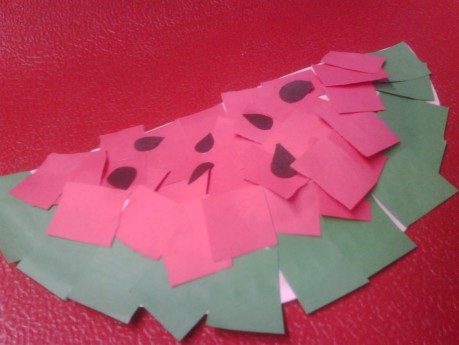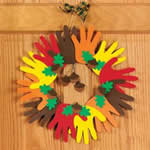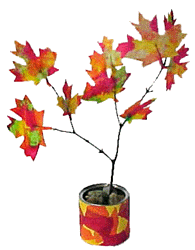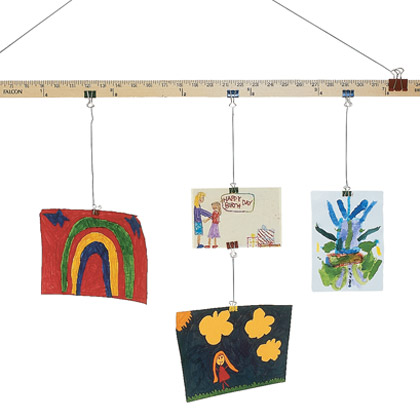The Letter W is an unreliable letter. It makes the “wuh” (voiced w sound) as in walk, when found at the end of a word or combined with the letter, it often makes the voiceless w sound as in whisper or cow. At times, the wh combination makes the /h/ sound as in who.
Â
W is sometimes silent as in two or wrench.
Â
1. Present a capital and lower case W to your child. See if she knows the name of the letter and the sound it makes.  It’s often hard to guess because the name has nothing to do with the sound it makes. Give examples of W words, such as walrus, water, window or wet.
Â
2. Read Amos and Boris (whales)
Â
3. Go on a scavenger hunt around the house to find items that start with W for the W bag this week. You might find a whale, witch, watch, whistle, wood, water, wagon, watermelon, wool, wig, wheels, etc. Pull out an object each day and ask if your child knows anything about it. Create a list of the items, displayed where it can be seen.
Â
4. Create a W collage. Have your child search through magazines for W words, and glue them to paper for his alphabet book.
Â
5.  Wheel Painted W’s. Provide a cut out W taped to wax paper for easy cleanup, seeveral old toys with wheels, preferably with different treads, paint on a paper plate. Show your child how to roll thier car in the paint until the whole wheel has been touched with paint and then roll it over thier W, making interesting tracks.  Repeat if desired with a different vehicle / color. When dry, glue to 8½ x 11†paper and place in alphabet book.Â
Â
6. Provide a worksheet with a line of W’s to trace across the top and a blank spot below, a whale pattern, a square of blue cellophane, glue sticks, and markers. Decorate whale shapes. Glue whale to sheet and then glue the corners of the cellophane over the whale to create water.
Â
7. Other activities:  Have watermelon, eat waffles; pretend to be worms and wiggle on thie ground; use watercolors; talk about windows; make a stained glass window using clear contact paper and tissue paper; Imagine you have wings and fly around the room – talk about where you would fly if you had wings; make white collages; play with anything with wheels; make paper plate watermelon collages:
Â











